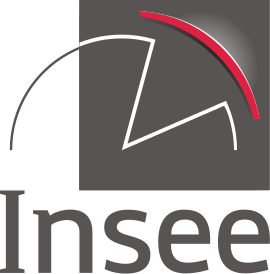Household income and wealth 2018 edition
With Household income and wealth INSEE presents the main indicators and analyses on monetary inequalities, poverty and household wealth. More information is available only in French on the French pages of the website.
Very high incomes in 2015: 1% of the population earned 7% of the income and 30% of declared wealth income
Marie-Cécile Cazenave-Lacrouts
In 2015, with initial income per unit of consumption above €106,210, a person could be considered part of 1% most affluent in the population, i.e. very high incomes. Individuals in that group earned on average almost seven times more than the population as a whole and received 6.8% of the total income mass. Between 2004 and 2015, the share of total income declared by very high income earners increased between 2004 and 2007, stagnated until 2012, then fell in 2013 to stabilise at around 6.5%.
More than three-quarters of those who earned very high incomes in 2014 were already among the top 1% incomes in 2013. At the very top of the spread, 68% of the 0.1% of the highest earners in 2014 were already classified as such in 2013 and 96% were in the “very high income” category.
Very high-income households were, in 37% of cases, childless couples; their average tax filer is 59 years old on average, they are owners of their primary residence in 86% of cases and 30% of them live in Paris or the Hauts-de-Seine.
The higher the income, the more diversified the sources: very high income earners, in particular, declare non-commercial income and income from financial assets. In 2015, 1% of the population declared 30% of wealth income. In very high-income households, persons in employment were managers in nearly 60% of cases and entrepreneurs in nearly 10% of cases.
Very high incomes contribute proportionately more than others to direct taxes thanks to the progressive income tax scale, of which they pay 25% of the total. They ultimately hold a smaller share of living standards than do initial income earners: 5.3% vs. 6.8%.



